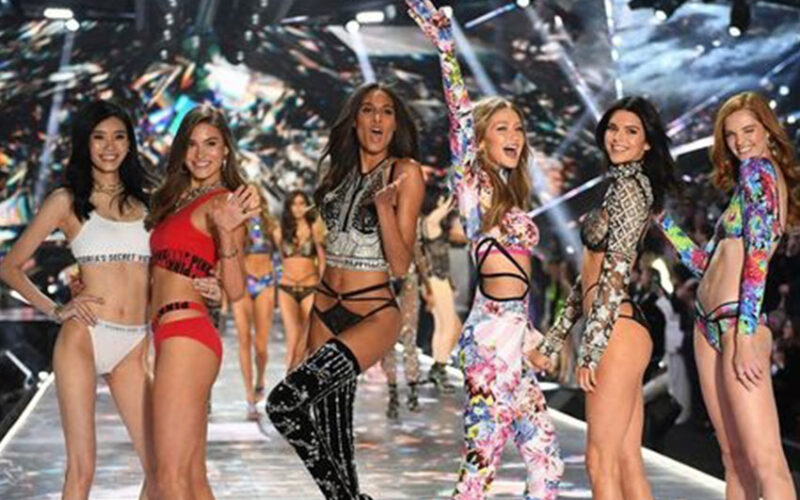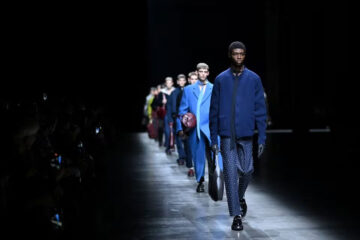MPHO RANTAO
THE full story of Victoria’s Secret is coming to our screens.
American streaming site Hulu announced that they had signed on to produce and release the three-part documentary, The Rise And Fall Of Victoria’s Secret, on their streaming site in 2022.
According to the Hollywood Reporter, journalist and filmmaker Matt Tyrnauer will be going behind the scenes and “using first-hand accounts and deep investigative research to reveal the inner workings of Victoria’s Secret, the brand and the cultural institution.” Tyrnauer will be directing all three episodes, as well as producing alongside Corey Reeser.
It is no secret that Rihanna’s Savage x Fenty lingerie line *basically* overshadowed long-standing giants Victoria’s Secret after its launch in 2018, winning over the global audience with its size, ethnic and gender inclusivity, a persistent topic that fell on Victoria Secret’s tone-deaf ears for a number of years.
Victoria’s Secret is a lingerie giant that while synonymous with its dazzlingly risque underwear, loungewear and athleisure collections, they were infamously known for pushing a patriarchal, somewhat misogynistic ideal of the perfect body for women.
Its founder Raymond Roy probably seemingly had good intentions in creating the line back in 1977 – he was motivated by not finding the right lingerie for his wife – but the message of looking beautiful in undergarments began to get lost from the 90s into the 2000s.
This was when supermodels like Naomi Campbell, Adriana Lima, Giselle Bündchen and Tyra Banks strutted down the catwalk in its famous annual Victoria’s Secret Fashion Show, looking like literal angels in two pieces and angel wings that were sculpted to fit the bodies of all body types that were size 8 and lower.
While they looked beautiful, the annual show pushed the rather harmful message that women bigger than size 10 or 12 wouldn’t look beautiful in Victoria’s Secret because those bigger sizes were almost never available in stores until very recently in the last decade due to public pressure.
Victoria’s Secret last held its now not-so-popular fashion show in 2018, which reported some of its lowest ever viewership since it launched on US national television in 2001, and then they cancelled their 2019 runway show citing: “Fashion is a business of change. We must evolve and change to grow.
“With that in mind, we have decided to re-think the traditional Victoria’s Secret Fashion Show. Going forward we don’t believe network television is the right fit.”, the statement from L Brand read but the loss in popularity goes further than the catwalk.
Their retail sales dropped drastically, and some of its stores shut their doors across the world, while Savage x Fenty grew increasingly popular through its diverse collections and diverse body ambassadors – proving how out-of-touch Victoria’s Secret was becoming.
On top of its financial and workplace issues, the CEO of Victoria’s Secret, Leslie Wexner, stepped down as CEO due to being associated with close friend Jeffrey Epstein.
In his resignation statement Wexner said that he felt “embarrassed” at being “taken advantage of” by Epstein and “enormous regret for the advantage that was taken of so many young women”.
At the beginning of 2020, Victoria’s Secret’s parent company, L Brand had announced a deal that would give private equity firm Sycamore Partners a 55 per cent stake in the VS brand, but the deal fell through.














